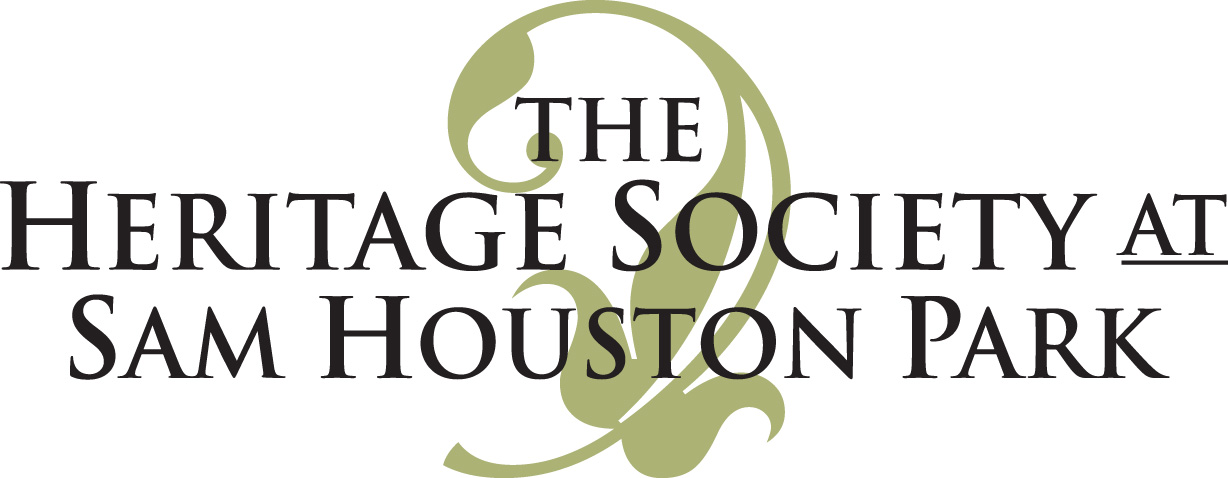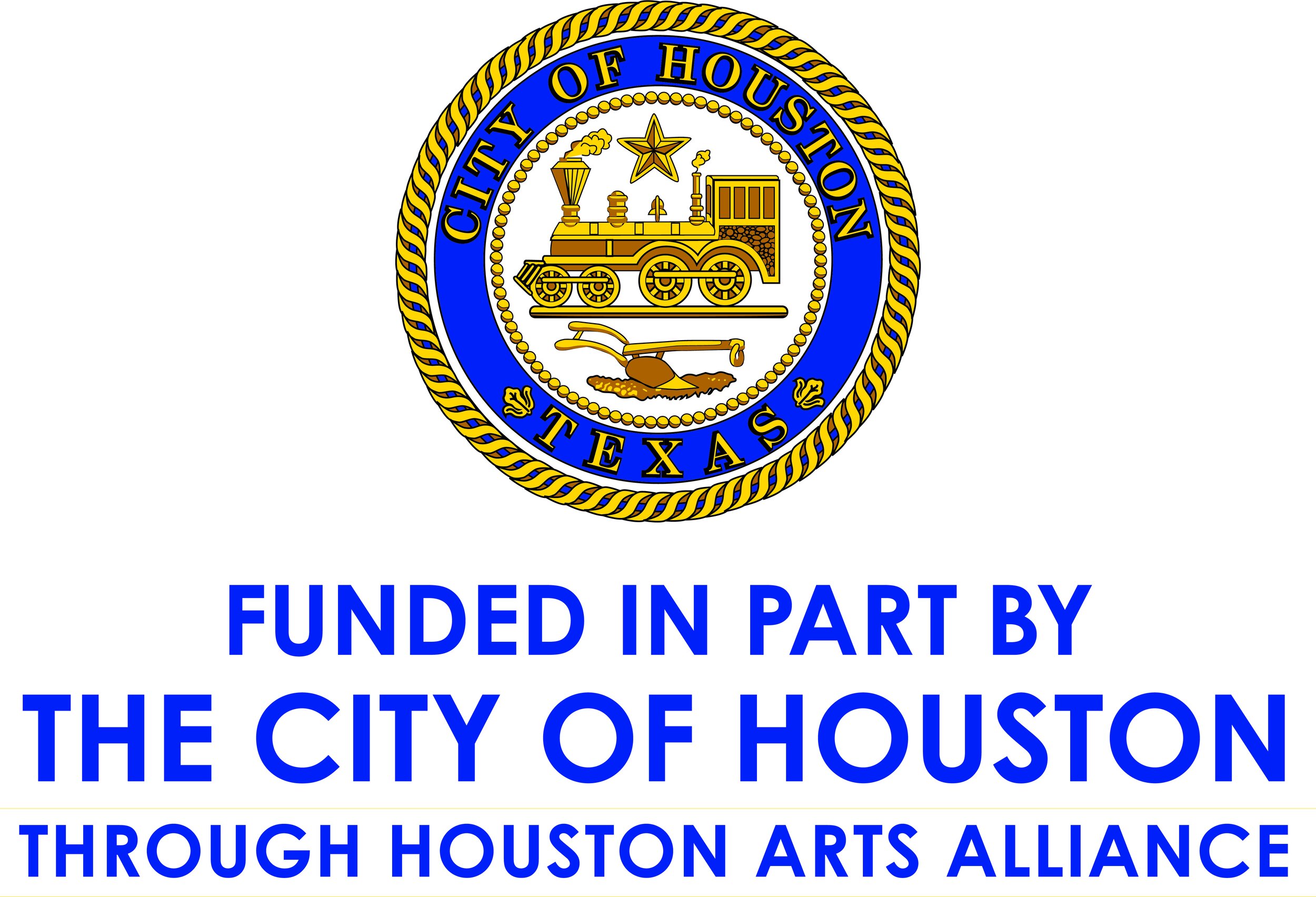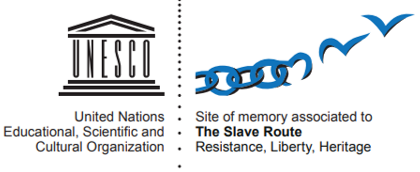Texas at Main: Houston’s Grand Hotel
One of the most recognizable landmarks in Houston’s downtown is the former Rice Hotel. The iconic three-bay, E-shaped building has graced the corner of Main and Texas for more than a century after formally opening in 1913. Listed on the National Register of Historic Place since the 1970s, it is easy to feel that the elegant building has always been there. It is in fact the second Rice Hotel and the third hotel on its site, and the block has an even-more-interesting history leading all the way back to Houston’s founding.
The Capitol Hotel was located in a building that first served as the capitol building for the Republic of Texas. The building stood from 1847 to 1881. Photograph: The Heritage Society Permanent Collection
When John Kirby and Augustus Allen founded Houston in 1836, one of their earliest and most ambitious plans was for their new town to serve as the capitol of the new Republic of Texas. They succeeded, and they set about constructing a capitol building for the Texas legislature at Main and Texas. The two-story wood frame building, quite small and modest compared to the current building on the site, served its original purpose from 1837 to 1839, when the capitol moved to Austin. Besides a three-year return to use as a capitol building in 1842, the building was used as the remainder of its life as a hotel. Through several proprietors, the hotel sometimes harkened back to its former use with its name: the Capitol Hotel. The building was ultimately demolished in 1881, 44 years after it was built.
The Rice Hotel was first located in an older building on the same site, built circa 1881. Postcard: The Heritage Society Permanent Collection
The lot retained its purpose as a hotel with the next building, a new Capitol Hotel, was built soon after the previous one was demolished. The new brick building was five stories tall, more than twice as tall as its predecessor. William Marsh Rice purchased the property in 1886 after the death of the previous owner and continued to operate the hotel. After Rice’s murder in 1900, the hotel was signed over to the Rice Institute and renamed in his honor. The building suffered difficult structural and sanitation issues before Houston developer Jesse Jones proposed to lease the property from Rice, as it could not be sold, and construct a new Rice Hotel.
The current Rice Hotel building was constructed in 1912-1913 with only two wings. Postcard: The Heritage Society Permanent Collection
The new hotel building, originally comprised of only two wings connected in a C shape, rose 18 stories by the time it was completed. The third bay was added in 1925 and was designed by Houston architect Alfred C. Finn. Early on, the hotel boasted superlatives and luxurious amenities: the tallest building in Houston at the time of its construction; the largest hotel in the South; the first air-conditioned public space in the city (the cafeteria in 1922). The hotel’s public spaces were well known and well visited, beginning with the open-air roof in earlier years and the elegant Crystal Ballroom and Empire Room later. Celebrities and public figures frequented the hotel through the middle of the 20th century. Notably, President John F. Kennedy visited the Rice Hotel on November 21, 1963, to attend the League of United Latin American Citizens (LULAC) Council 60 gala. He was assassinated in Dallas the next day.
After closing in the 1970s and undergoing several unrealized attempts to revitalize the building, the Rice reopened as a high-end apartment building in 1998. Twenty years later, though ownership has changed hands, the building still serves as apartments with several restaurants at street level. The Crystal Ballroom remains available for private events, and the building remains an iconic presence at the edge of the Main Street Market Square Historic District.
The open-air roof garden, enclosed in the 1940s, was a popular destination for Houstonians in the hotel’s earlier years. Postcard: The Heritage Society Permanent Collection











